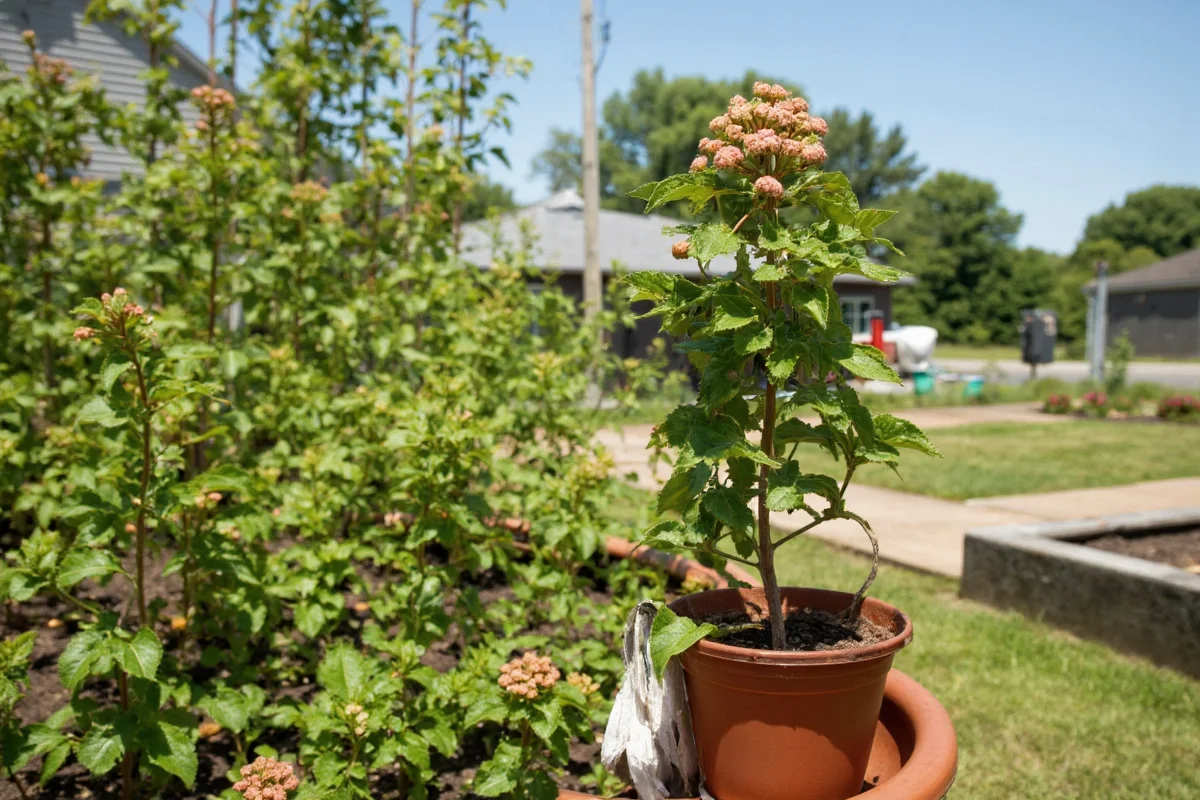Aeonium plants are captivating succulents known for their stunning rosettes, resembling flowers more than typical leaves. Ideal for both novice and seasoned gardeners, these plants offer an impressive range of shapes, colors, and sizes. In this guide, you'll learn everything about Aeoniums, from planting tips to care, propagation, climatic preferences, and potential pests or diseases. These hardy plants are a rewarding addition to any garden or indoor plant collection.
Understanding Aeonium Plants
Aeoniums belong to the Crassulaceae family, notable for their succulent characteristics. Originally from the Canary Islands, Morocco, and East Africa, they're now popular worldwide due to their ornamental appeal. Typically, they feature fleshy leaves arranged in rosettes, with species varying in color from green to purple to black.
Characteristics of Aeoniums include:
- Wide variety of shapes and sizes, with some resembling cups or saucers.
- Most species grow upright, albeit slowly and steadily.
- Aeoniums flower infrequently; their main attraction is their rosette form.
- They can grow up to 2 meters in height, depending on the species.
These succulents prefer cooler temperatures compared to other succulents and have unique growing patterns that set them apart from typical drought-resistant plants.
Planting and Care Guide for Aeoniums
Planting aeoniums requires understanding their seasonal and environmental preferences. These succulents thrive in sunny locations but require some protection from intense heat.
Key planting considerations:
- Use well-draining soil, as poor drainage can cause root rot.
- Select pots with efficient drainage for indoor solutions.
- Place aeoniums in spots with bright, indirect sunlight.
- Water sparingly; allow the soil to dry between watering.
Care tips include avoiding overwatering during their dormant period in the summer, and regular checks for pests like aphids or mealybugs, which can be countered with appropriate organic pesticides or repellents.
Propagating Aeonium Plants
Aeonium propagation is straightforward, primarily conducted by stem cuttings. The fleshy stems can be severed and allowed to dry, initiating new root growth.
Steps for effective propagation:
- Choose healthy, disease-free stems from the mother plant.
- Cut the stem using sterilized tools, ideally at an angle.
- Let the cuts dry for a few days to prevent rot.
- Plant the dried stems in a suitable substrate or water.
Propagation ensures the continuity of your aeonium collection and allows for gardening experimentation, with attractive crossbreeding possibilities emerging from larger collections.
| Aspect | Recommendation |
|---|---|
| Sunlight | Bright, indirect |
| Watering | Allow soil to dry completely |
| Soil Type | Well-draining |
| Propagation Method | Stem cuttings |
| Climate Preference | Cool, but airy |
Ideal Climate and Soil Conditions for Aeoniums
The unique climatic requirements for aeoniums can sometimes challenge gardeners, but understanding their nature makes it easier.
Climate needs:
- Preferably cool and airy conditions; extreme heat can be detrimental.
- Intermediate to low tolerance for frost.
- Avoid humid environments where mold might thrive.
Soil requirements emphasize the necessity for substrates that offer excellent drainage, preventing waterlogged conditions, which may result in fungal diseases.
Common Pests and Diseases Affecting Aeoniums
Though generally hardy, aeoniums can fall prey to several pests and diseases if neglected.
Potential threats include:
- Aphids and mealybugs often attack when plants spend extended periods in poor conditions.
- Root rot primarily results from overwatering.
- Mold growth can occur in high humidity.
- Leaf spots may suggest fungal attacks or pest infestations.
Routine examination and organic pest control methods assist in maintaining pest-free and disease-resistant aeoniums, vital for long-term cultivation.
In conclusion, aeoniums are an appealing choice for gardeners owing to their fascinating appearance and modest requirements. With proper planting, understanding of their climatic needs, and preventive care against pests, aeoniums can thrive beautifully in diverse environments. Their adaptability renders them suitable for indoor spaces, patios, or as unique garden features, ensuring they remain a popular succulent choice worldwide.











 浙公网安备
33010002000092号
浙公网安备
33010002000092号 浙B2-20120091-4
浙B2-20120091-4